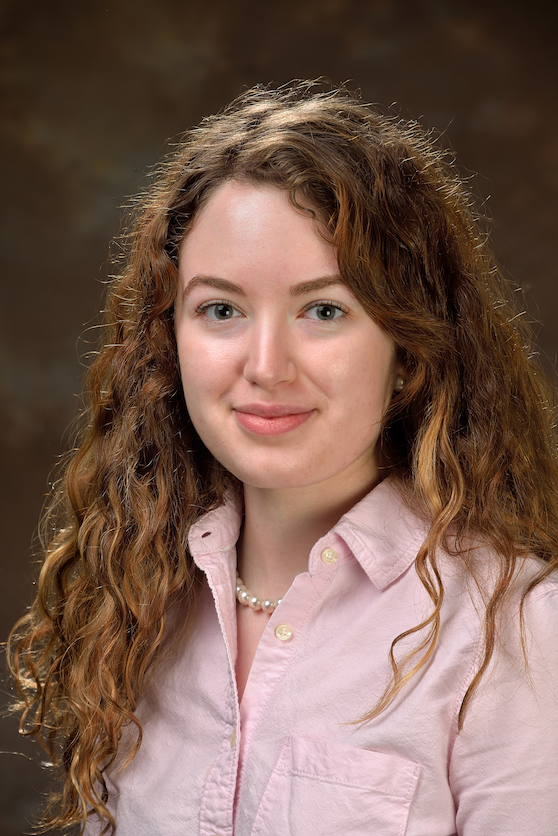Keynote Speaker
We are delighted to announce Elizabeth Dinella as our keynote speaker.

Elizabeth Dinella, University of Pennsylvania, USA
Graph Representations in Traditional and Neural Program Analysis
Traditional program analysis techniques often represent programs as graphs where nodes are program entities and edges represent various relations (data flow, control flow, call graphs, etc). Graphs are a standard representation for programs as they can capture syntactic and semantic structure with long range dependencies. Recently, “neural” program analysis has been proposed for traditional analysis tasks. Representing a program as input to a machine learning model is an active area of research. Popular representations include sequences of tokens, relational databases, and graph neural networks. In many cases, a graph representation is preferable. Program repair is an example of such a task. In this talk I will discuss the advantages and challenges of representing programs as graphs in both traditional and neural program repair.
Speaker Biography
Elizabeth is a PhD student at the University of Pennsylvania advised by Mayur Naik. She works on models of code for program analysis tasks such as program repair (Hoppity). As an intern at Microsoft Research, Elizabeth worked on the DeepMerge project contributing an edit-aware neural approach to merge programs. More recently, her interests lie in neural test suite generation (TOGA), and web3 security. In her free time, Elizabeth enjoys hot coffee and her chow chow puppy Cinnabon.
Slides
Slides from Elizabeth's keynote talk are available here.